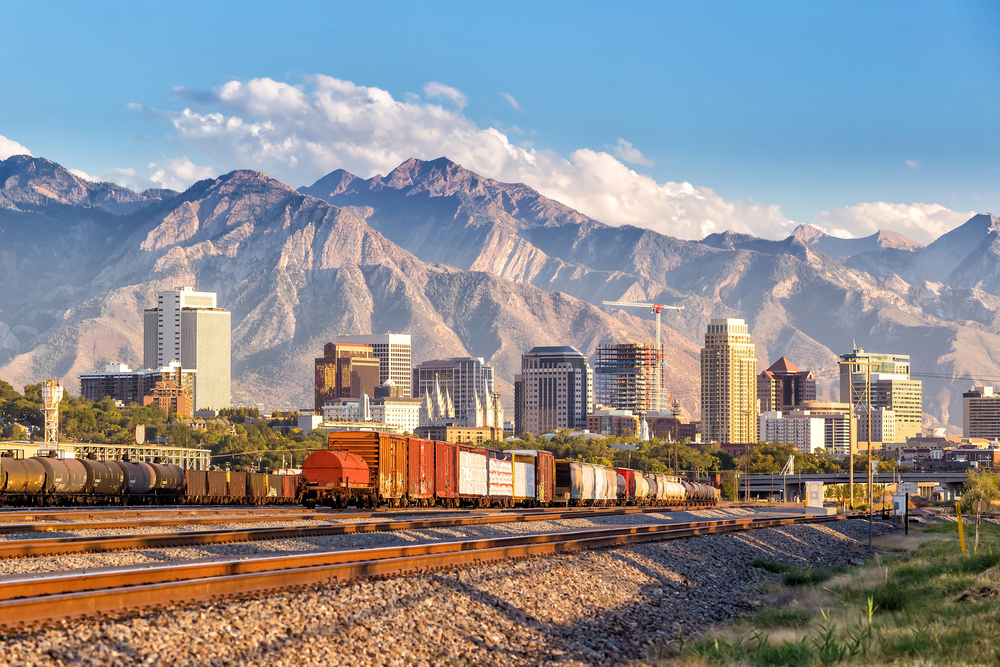Union Pacific Railroad Collaboration and Visibility Provide Supply Chain Solutions
LOS ANGELES, CALIFORNIA, OCTOBER 27, 2021 - The Port of Long Beach (POLB), the Utah Inland Port Authority (UIPA), and Union Pacific Railroad (NYSE: UNP) announced today a bold initiative that brings rapid relief from…

